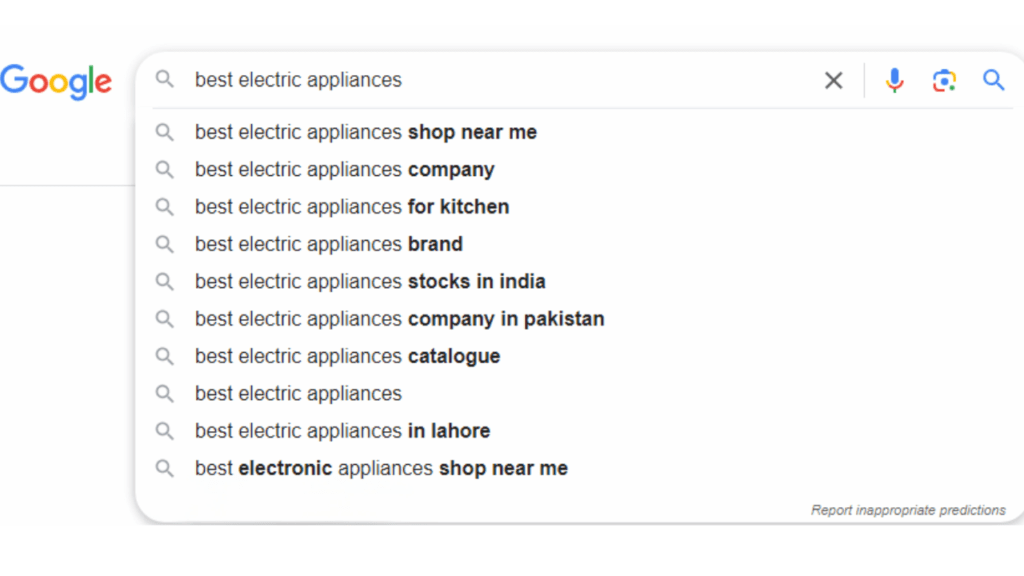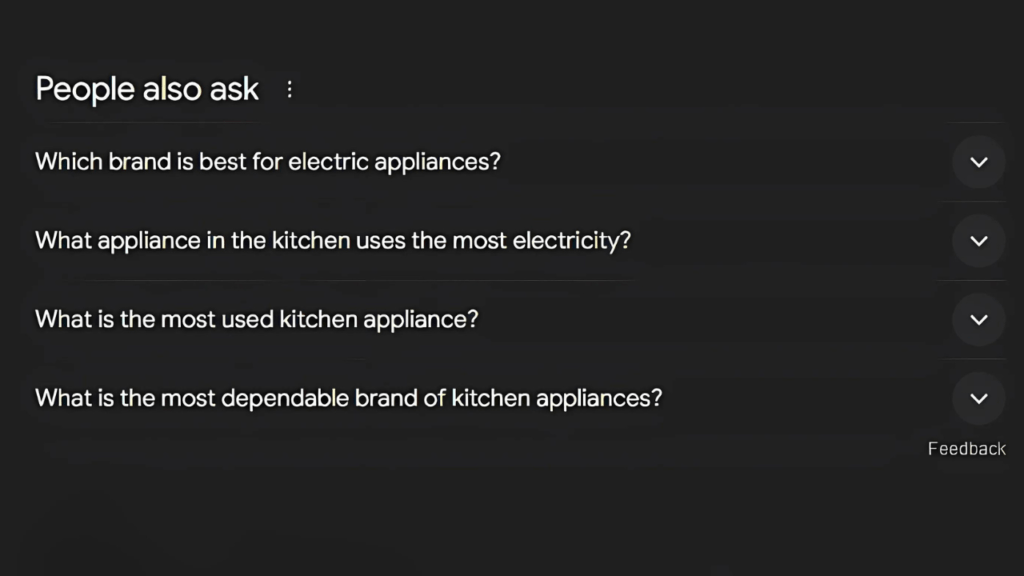Table of Contents
ToggleKeyword Research Tactics: How Long Tail Keywords Can Transform Your SEO
Keyword research is the foundation of a successful search engine optimization strategy. If used correctly, it optimizes websites to higher ranking positions on SERPs, drives organic traffic to the website, and reaches the target audience. Among the elements involved in this process is long-tail keyword usage: more specific phrases that attempt to hit niche audiences with intent-driven traffic.
In this blog, we’ll uncover what long tail keywords are, their significance in SEO, and actionable tips to discover them for better rankings.
Long tail keywords are specific, multi-word phrases. In keyword research they are about specific search intent and more different from broad keywords, which may have a relatively lower search volume but are easier to rank for just because of the minimal competition.
Examples:
Broad keyword: “Shoes”
Long-tail keyword: “Women running shoes with arch support”
A very generic term, though with a very large competition there, whereas the phrase “women’s running shoes with arch support” targets more specific audiences. Such specificity makes it easier to connect with potential buyers who know exactly what they want.

Incorporation of long tail keywords in the keyword research benefits in the following manners:
1. Less Competition:
Because long tail keywords are not so competitive as compared to broad, high-volume keywords, it can easily rank higher for small or new sites.
2. Higher Conversion Rates:
Using long tail keywords tends to attract users having clear buying intent. For instance, a person searching for “affordable digital marketing courses in Mumbai” has reached closer to the moment of decision than the person who searches for “digital marketing.”.
3. Improved User Experience:
While aligning your content to the intent of the users, you end up improving click-through rates, quality engagement, and lowering the bounce rate.
4. Voice Search Optimized
Conversational queries like “Where can I find organic coffee beans near me?” are generally more likely to develop with the use of voice assistance. Long-tail keywords go well with such natural, conversational speech-like searches.

Long tail keywords play a very significant role in your keyword research and your entire SEO strategy:
They are closer to a user’s intent. These often closely align with the kind of users who are ready to make a purchase or seeking very specific information.
Example:
Broad: “Camera”
Long Tail: “Best DSLR camera for beginners under $500”
Integrated SEO Strategy: Optimization for multiple long tail keywords can collectively drive high amounts of traffic, helping websites rank for many niche terms.
Here are 10 tested ways to find long-tail keywords for your keyword research projects:
1. Google Suggest:
Input a general keyword into Google’s search bar and click through the drop-down suggestions. These are organic searches by users and very much a valid source of long-tail keywords.
2. People Also Ask (PAA):
Google PAA is the related questions users find on Google. Use them to come up with content ideas and long-tail keyword potentialities.
3. Keyword Research Tools:
4. Competitor Analysis:
Tools such as SEMrush or Moz can scan competitor websites and then find the untapped long tail keywords which they rank for.
5. Forums and Q&A Sites:
Look for platforms such as Quora, Reddit, or specific forums to understand frequent user queries related to your industry.

6. Google Analytics:
Go through the search queries that are taking users to your site. The long-tail keywords already working for you can inspire similar optimizations.
7. Long Tail Keyword Generators:
Use tools such as AnswerThePublic that allow for visualizing questions people are constantly asking-thus long list ideas for keywords in the long tail.
8. Social Media Insights:
Trend lines and trending hashtags on Instagram and Twitter can help identify long-tail keywords.
9. Local SEO Optimization:
Geographically-oriented keywords should be used during local optimization, for example “best digital marketing agency in New York”.
10. Monitor Trends and Seasonality:
Use Google Trends to identify seasonal or trending long tail keywords and stay ahead of the competition.

No SEO keyword research strategy is ever completely complete without long tail keywords. Such phrases are often targeted to specific niches of audiences and cut competition, conversion rates. By putting the above strategies in place, you will be finding the perfect long tail keywords to help your SEO efforts jump to new heights in rankings, traffic, and eventually success.
Bring out the full potential for your website using long tail keywords today!
For more blogs – rushipandit.com

